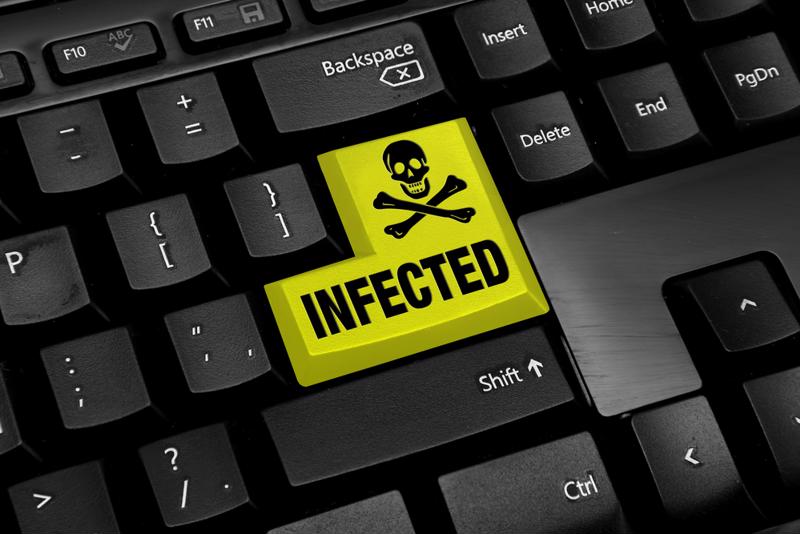With cyber attacks on the rise, companies worldwide reevaluate their IT posture and take a more proactive cybersecurity stance. And while preventative strategies have helped IT professionals safeguard their networks, databases, and critical assets from a range of known threats, some hacking techniques have continued to cause significant operational disruptions and financial losses.
According to Varonis, a global data security and analytics software provider, ransomware attacks are growing by more than 350% yearly. But what makes this type of digital exploitation so appealing to cybercriminals?
Unlike other cyber attack methods, ransomware allows hackers an immediate return on their activities by holding companies’ data and computing technologies hostage. Although many ransomware recovery services are available on the open market, many organizations pay the ransom to avoid large-scale data loss and production delays. The lack of preparation and paying the criminals only encourages hackers to launch these attacks and may repeat security incidents later.
Whether or not a company pays the restoration fee, recovering from ransomware is often costly and time-consuming. Research from Cybersecurity Ventures estimated that ransomware resulted in over $5 billion in net losses for businesses in 2017 alone, a projection that could rise as high as $11.5 billion in 2019.
Without a comprehensive ransomware recovery strategy, companies across industry lines may find it difficult to regain a stable footing after an organized attack. The first step to preparing for ransomware infections is understanding what they are and how they operate.
How Does Ransomware Work?
Ransomware is a form of malware that encrypts files and operating systems. This action makes computers and servers entirely inoperable for users accessing data stores. Ransomware commonly displays a screen warning with detailed payment instructions to regain access to encrypted ransomware files. After paying the ransom, hackers typically send the victim a set of decryption keys to decrypt files, regain access to computers, and remove the malware from their IT system.
In most cases, ransomware spreads through spam and phishing emails, malicious attachments, or compromised websites, though every strain has its unique attack vector. Other ransomware attacks target vulnerabilities in Microsoft’s Server Message Block and Remote Desktop Protocol, bypassing many endpoint security protocols companies deploy. However, considering 92% of malware is delivered by email, per Verizon’s 2018 Data Breach Investigations Report, organizations should prioritize cybersecurity training to ensure their employees understand the risks.
 Ransomware can quickly spread between endpoints and lock down your critical business data.
Ransomware can quickly spread between endpoints and lock down your critical business data.5 Steps for Recovering Your Data Without Paying a Ransom
Ransomware developers are growing more sophisticated by the day, and many have started focusing on circumventing the tried-and-tested antivirus, and anti-ransomware tools relied on by organizations. While ransomware prevention is widely considered the most effective mitigation strategy, it can be challenging to build a defensive posture that eliminates the possibility of an attack. According to the Federal Bureau of Investigation, more than 4,000 ransomware incidents have occurred each day since January 1, 2016, representing a 300% increase from the previous year. To give your organization the best odds of protecting its sensitive information, preventing data loss, and avoiding high restoration fees, consider these five steps when building a ransomware recovery plan:
Step 1: Isolate the ransomware infection
Ransomware attacks aren’t only a threat to the infected computer, as many strains spread through adjacent IT systems and lockdown any files they can access. These more aggressive variants can also travel across wireless networks, making robust detection software crucial to your response and recovery efforts. Suppose your IT team identifies a potential ransomware infection. In that case, their first course of action should be disconnecting the computer or device from the network by unplugging Ethernet cables and disabling Wi-Fi permissions. A quick response can prevent the malware from infiltrating your control center and critical data stores, leading to a much simpler recovery process.
Step 2: Identify the ransomware
After isolating the ransomware infection, the next step is researching the specific type of malware you acquired. Most strains provide identifying details alongside ransom requests, though this information can be intentionally misleading. Several free resources can help you learn about the variant you’ve identified, such as ID Ransomware, which may give you some ideas about removing it from your network and recovering your data. This phase of the ransomware recovery process is crucial, as it allows you to create an informed action plan.
Step 3: Contact the authorities
The FBI urges all organizations that suffer a ransomware attack to contact their local authorities immediately, allowing government agencies to keep track of known and emergent threats. Ransomware reporting can also lead to a greater understanding of cyber criminal behavior and contribute to ongoing investigations. What’s more, law enforcement professionals may be able to offer straightforward solutions for successful ransomware removal and file recovery.
Step 4: Weigh the available options
There are typically four courses of action following a ransomware attack: Pay the ransom, attempt to remove the malware yourself, call in a data recovery company, or wipe the infected systems and reinstall. Each option has its benefits and limitations, though most IT experts caution against paying the restoration fee as there is no guarantee you’ll get your data back. Since information loss is considered the most expensive component of cyber attacks, according to Accenture, selecting a recovery plan that reduces the chances of large-scale data loss is essential. Planning will include creating a reliable backup policy. The recovery process will consist of a recent restore point before your files were encrypted by ransomware.
Step 5: Remove the malware or reinstall
While it is possible to safely remove ransomware from your system and restore your data without paying a ransom, the process is often quite risky. For example, some malware programs have self-destructed features that will erase encrypted files if a user attempts to bypass the payment screen. Currently, no decryption tool can remove every strain of ransomware, though some third-party companies may be able to support your recovery efforts at a cost.
The best way to ensure your systems and networks are free from ransomware is to completely wipe all storage devices and reinstall everything from safe backups and clean OS sources. It’s also a good idea to reformat your hard disks to ensure the elimination of every trace of the ransomware infection. Although this may be a labor-intensive course of action, it can prevent you from doing irreparable harm to your systems and overlooking dormant malware.
Companies that utilize a comprehensive backup strategy should recover all their encrypted files without much trouble. Still, the real test of a ransomware recovery plan happens after the security incident resolution.
Reach out today if you want to prevent costly ransomware attacks.
As a proud supporter of American companies, Certitude Security® is working diligently to inform leaders and facilitate essential asset protection priorities for manufacturers and supply chains throughout the United States.
Problem discussions can be a defining moment in your career. If you are interested in value creation, learn about SPOT-Beam™ by Certitude Security®. We look forward to helping you and your business succeed!

